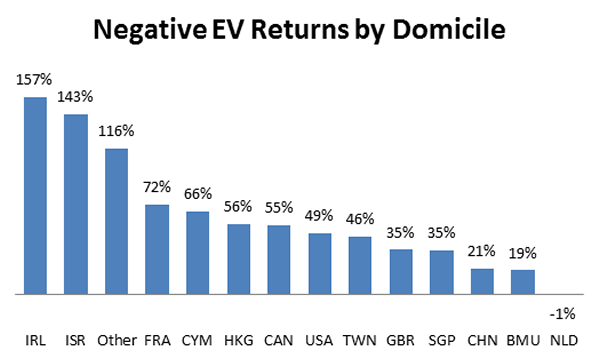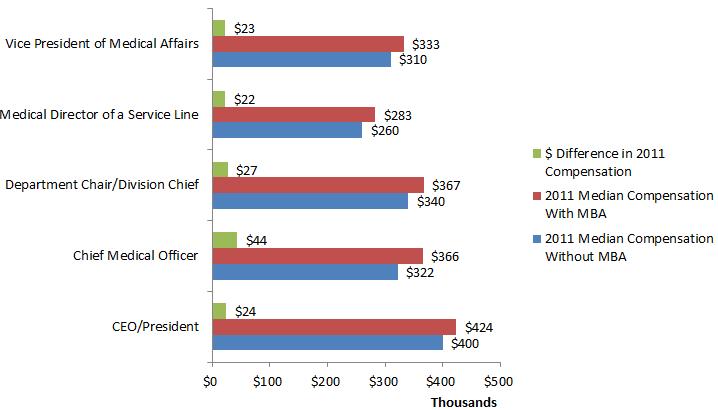Содержание

If the fund falls below the performance of the benchmark, it is considered to have a negative alpha. Risk measures are also major components in modern portfolio theory , a standard financial methodology for assessing investment performance. Risk measures are statistical measures that are historical predictors of investment risk and volatility.
By contrast, quantitative risk analysis is a statistical analysis of the effect of those identified risks on the overall project. This helps project managers and team leaders to make decisions with reduced uncertainty and supports the process of controlling risks. No matter what industry you’re in, you’ll always have projects and so, you should use project management software for risk analysis. ProjectManager, for instance, has risk management tools that let you track risks in real time.
- Retention is the acknowledgment and acceptance of a risk as a given.
- By accepting the terms and conditions and paying the premiums, an individual has managed to transfer most, if not all, the risk to the insurer.
- The five measures include the alpha, beta, R-squared, standard deviation, and Sharpe ratio.
- Companies can lower the uncertainty of expected future financial performance by reducing the amount of debt they have.
However, it doesn’t accurately describe the nature of the relationship between two investments. Furthermore, we can standardize the co-variance obtaining a better descriptor called the correlation coefficient. These measures of risk can be influenced by the magnitude of the original numbers. Hence, to compare series with greatly different values, we need a relative measure of dispersion. In this section, we examine the measures of risk arising from an investment.
Loss Prevention and Reduction
Performing regular risk analysis also minimizes the vulnerability of the business to unexpected events. The decision tree analysis is used to create various outcomes or consequences of an action. This risk analysis method is widely used because project teams can be prepared for any and all possible outcomes and create strategies to ensure that they can achieve the best one.
This list of hazard identification and risk assessment methods is by no means exhaustive. There are a number of other methods you can get stuck into to improve your safety processes and outcomes. Although a qualitative risk analysis is the first choice in terms of ease of application, a quantitative risk analysis may be necessary. After qualitative analysis, quantitative analysis can also be applied. However, if qualitative analysis results are sufficient, there is no need to do a quantitative analysis of each risk. The ‘Incident BowTie’ analysis method combines two analysis methods; BowTie risk analysis and Tripod incident analysis.

Standard deviation is a measure of dispersion around the expected or average mean value. Risk analysis is a fundamental step in the project risk management process, which consists of four main stages. Consider the type of risk and its potential impact on the project. Some risks will bring financial stress, while others might involve resource management issues or delays to the project schedule. To make things simple, you can simply assign levels of impact for your project risks, such as low, medium or high depending on how critical they are.
Bow-Tie Analysis
The returns on two securities tend to move inversely at the same time indicating that if one increases , the other decreases . The returns on two securities tend to move in the same direction at the same time indicating that if one increases , the other does the same. Variance is directly related to the standard deviation and is of considerable importance in finance. However, the variance is simply the standard deviation squared . Fluctuations in the amount an investor can reinvest and fluctuations in returns earned from reinvestment.
Add the stock market as a lens through which the investors view investment sectors, and you get beta. The codependency allows investors familiar with risk metrics to invest efficiently. As a result, investment portfolios always consider the level of risk that investors are willing to take.

Set triggers that release actions automatically to help you capture issues fast. Then with our task approvals, only someone authorized to change the status can define the issue as resolved. With zero correlation, there exists no relationship between the returns on two securities indicating that the return on one security provides no value in predicting the return on the other security. A close perusal of the above calculations reveals that expected NPV of both the projects is the same under the most likely estimates. However, as per pessimistic estimate, project I may be more risky than project II because the former can give negative NPV.
Key Steps Involved in the Risk Analysis Method
In other words CAPM return is risk adjusted through diversification. This method of risk management attempts to minimize the loss, rather than completely eliminate it. While accepting the risk, it stays focused on keeping the loss contained and preventing it from spreading.
Sharing risk can be applied to how employer-based benefits are often more affordable than if an individual gets their own health insurance. Report on new methodology for multi-risk assessment and the harmonisation of different natural risk maps. ARMONIA methodology for multi-risk assessment and the harmonisation of different natural risk maps. R is the interest rates influencing assets and liabilities in the relevant maturity bucket. This type of analysis is great brainstorming and a great forcing function for being more cognisant of the types of incidents surrounding specific areas, operations and processes.
Encouraging and incentivising workers to recognise hazards in the workplace
Ingrid Horvath is an IT Security professional with more than five years of experience in risk management, compliance and privacy, crisis management, threats, and vendor vulnerability assessments. She possesses a solid technical knowledge and is gaining expertise in the IT Security and Governance domain. Ingrid focuses on emerging technological problems and privacy concerns at the enterprise level. Ultimately, she provides the best solutions by combining various aspects of IT security, risk management, and compliance privacy.
Measures for Reducing Risk:
It is creative and unique technique to gather risks spontaneously by team members. The team members identify and determine risks in ‘no wrong answer’ environment. This technique also provides opportunity for team members to always develop on each other’s ideas. This technique is also used to determine best possible solution to problems and issue that arises and emerge.
Get started with SafetyCulture ’s free risk assessment templates that you can use on your mobile device while on-site. Share your report and findings with key parties who can implement changes. Hazard reporting software to quickly communicate any potential hazards found, or an all-encompassing tool that has the general capabilities of these various software. Flowchart Method – This method allows for dynamic process to be diagrammatically represented in paper.
Thus, the ex ante https://1investing.in/ is considered as a weighted average of the potential deviations from the expected returns and a reasonable measure of risk. Conditional Value at Risk is another risk measurement used to assess the tail risk of an investment. Used as an extension to the VaR, the CVaR assesses the likelihood, with a certain degree of confidence, that there will be a break in the VaR. It seeks to assess what happens to investment beyond its maximum loss threshold. This measurement is more sensitive to events that happen at the tail end of a distribution. Commonly used risk management techniques include standard deviation, Sharpe ratio, and beta.
On the basis of the methods of measuring risk given in probability theory approach find out which project is more risky by adopting S.D. Subjective judgment of the decision makers plays a crucial role in practice to resolve the problem which may turn out to be imprecise or biased. There is no precise way to find the probabilities of different outcomes. This limitation is overcome by adoption of standard deviation approach. The future is not certain and involves uncertainties and risk, the cost and benefits projected over the lifetime of the project may turn out to be different. This deviation has an important bearing on the selection of a project.
Use this digital template to analyze a recurring problem and its effect on productivity. List reasons why the problem occurs and rate how likely they are to be root causes. Once a root cause has been identified, choose its category and provide a prevention strategy.

Leave feedback about this